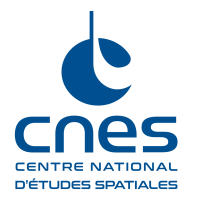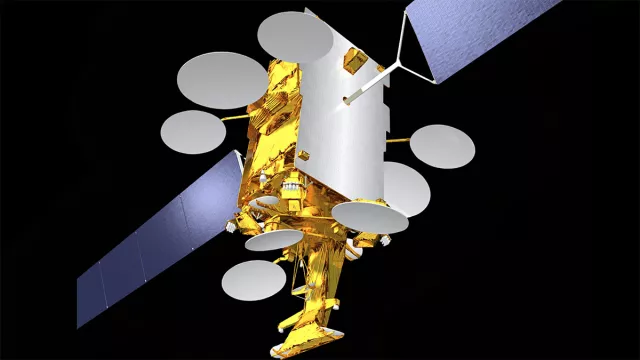Developed at the initiative of CNES and ESA, the Alphabus spacecraft bus is designed for high-power telecommunications satellites. Used for the first time in 2013 on Inmarsat’s Alphasat I-XL satellite, it offers technologies that are set to benefit a whole new generation of telecommunications satellites, in particular its hybrid chemical/electric thrusters.
Key information
| Mission | Spacecraft bus for new-generation telecommunications satellites |
|---|---|
| Domain | Telecoms, navigation |
| Start date | 2001 |
| Partners | EADS Astrium (Airbus Defence & Space), Thales Alenia Space, numerous European subcontractors |
| Where | ?? |
| Scheduled lifetime | 8 years |
Key figures
- 2 tonnes maximum payload capacity
- 22 kW maximum power capacity
- 4,200 kg of propellant
Key milestones
- 2001: Start of Alphabus programme
- 2011: Alphabus Qualification Review
- 25 juillet 2013: Alphasat I-XL, built around the Alphabus spacecraft bus, launched by Ariane 5 ECA
Project in brief
Since the end of the 1990s, comsat operators have increasingly turned to telecommunications satellites capable of delivering a whole range of services from Internet access and high-definition TV to mobile services. As a result, their payloads—the part of the satellite carrying the systems required to accomplish the mission—have become heavier and more powerful by the year. To match this trend, a spacecraft bus was needed to fly and power such payloads (the bus is the ‘vehicle’ that carries the payload). CNES and ESA therefore joined forces to develop Alphabus, a cutting-edge spacecraft bus able to support payloads of up to 2 tonnes and with a maximum power rating of 22 kW—in other words, a bus with much more capacity than anything ever flown before (previous payloads did not exceed 1 tonne and 14 kW).
CNES’s role
Initiated in 2001 by CNES and ESA, the Alphabus programme was developed in partnership with EADS Astrium (now Airbus Defence & Space) and Thales Alenia Space—the Alphabus prime contractors—and numerous European subcontractors. Launched for the first time on 25 July 2013 with Inmarsat’s Alphasat I-XL, Alphabus offers technologies that are set to benefit a whole new generation of telecommunications satellites.
CNES Contact
Head of Telecoms & Navigation
Jean-Philippe Taisant
E-mail: jean-philippe.taisant at cnes.fr


